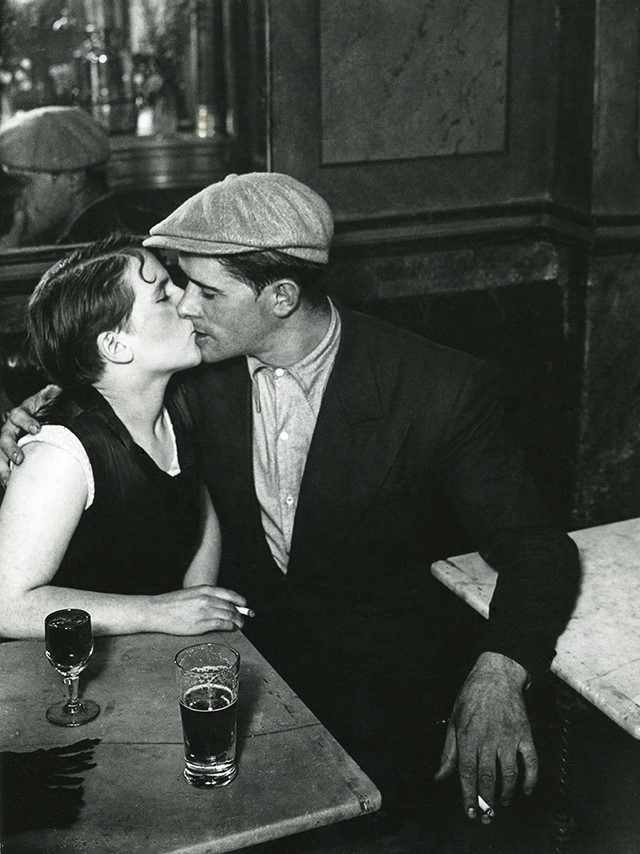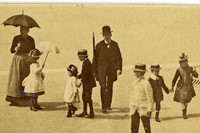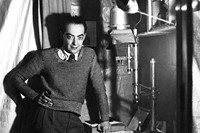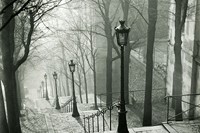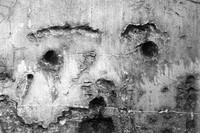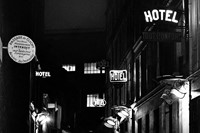We present our favourite facts about Brassaï, the photographer who captured the truth as well as forging the myth of Parisian bohemia
The steps of Montmartre in the morning fog, a couple kissing in a café with glasses of Chablis sitting before them, the Eiffel Tower lit up against a midnight sky. Brassaï – along with a handful of early 20th century photographers such as Henri Cartier-Bresson and Eugène Atget – was key in creating the myth of Paris as a bohemian metropolis where artists mix with prostitutes, pimps, philosophers and socialites. The Hungarian-born photographer – who settled in Paris in 1924, aged 25 – eventually came to know every corner of the French capital by heart, finding inspiration in the parks, bars and back alleys of the city: “I was seeking the poetry of the fog which transforms people, the poetry of the night which transforms the city, the poetry of time which transforms all beings”, he would say years later. A new book, titled Brassaï: For the Love of Paris, celebrates the beauty of the “ville-lumière” viewed through the artist’s vivid lens. Here, we present some of its best images, alongside our top Brassaï facts.
1) He was born in 1899 and his real name was Gyula Halasz. He took the nickname Brassaï from the town of his birth, Brasso, in Transylvania (then part of the Kingdom of Hungary).
2) Before turning 20, he enlisted in a cavalry regiment of the Austro-Hungarian army and fought the First World War until its end.
3) He taught himself French solely by reading the works of Marcel Proust.
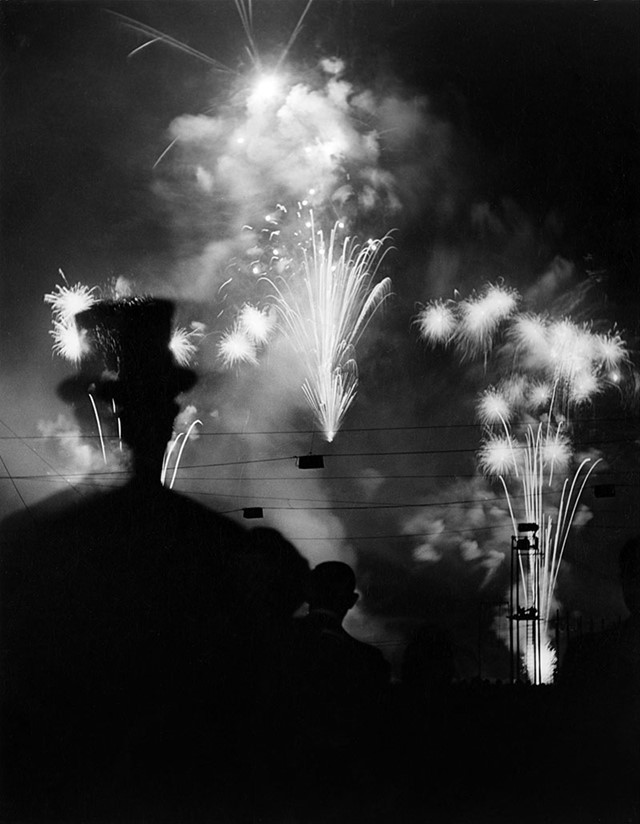
4) He had hopes of becoming a journalist and was scornful of photography until he met fellow Hungarian André Kertész in Paris, who would teach him how to take pictures.
5) He compiled his first collection of photographs in 1933, in a book called Paris la Nuit, an exploration of the city’s demi-monde featuring madams, prostitutes, transvestites, hoodlums, opium dens and cheap music halls.
6) In his 1934 novel Tropic of Cancer, Henry Miller described his Parisian adventures and meanderings with the photographer, calling him “the eye of Paris”, writing “Brassaï is a living eye… his gaze pierces straight to the heart of truths in everything.”
“Brassaï is a living eye… his gaze pierces straight to the heart of truths in everything” — Henry Miller
7) Immediately after World War II, his native village Brasso became absorbed by Romania and Brassaï’s Hungarian papers were deemed invalid. The photographer stayed stateless for four years, until he married Gilberte Boyer and became a naturalized French citizen in 1949.
8) He shot with a large 6.5 x 9 cm Voigtländer Bergheil folding camera (and sometimes with a Rolleiflex), which he mounted on a heavy wooden tripod. For interior photographs, he worked with an assistant who prepared a flash powder gun and a reflecting screen while he merrily chatted with his subjects.
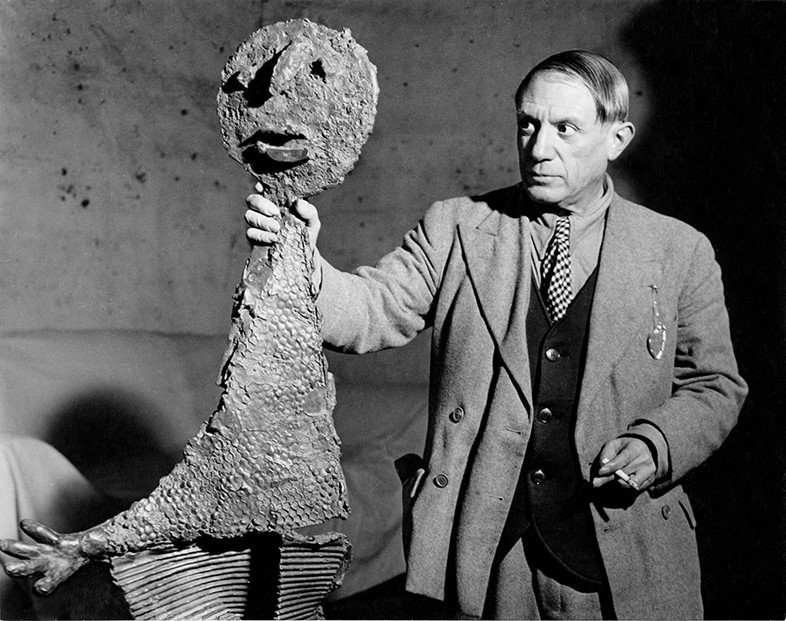
9) Picasso nicknamed Brassaï “The Terrorist” because of the explosions caused by the flash powder, which were extremely loud and bright and gave his pictures their characteristic lighting.
10) During his life, he created over 35,000 images. Most of his negatives, prints and contact sheets are today housed at the George Pompidou Centre in Paris.
Brassaï: For the Love of Paris is now available from Flammarion.
Text by Marta Represa
